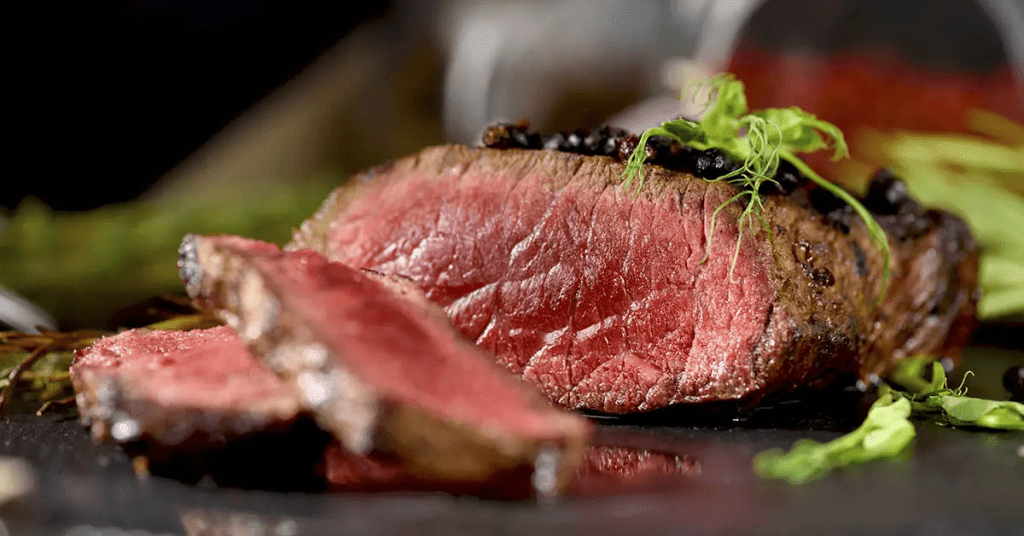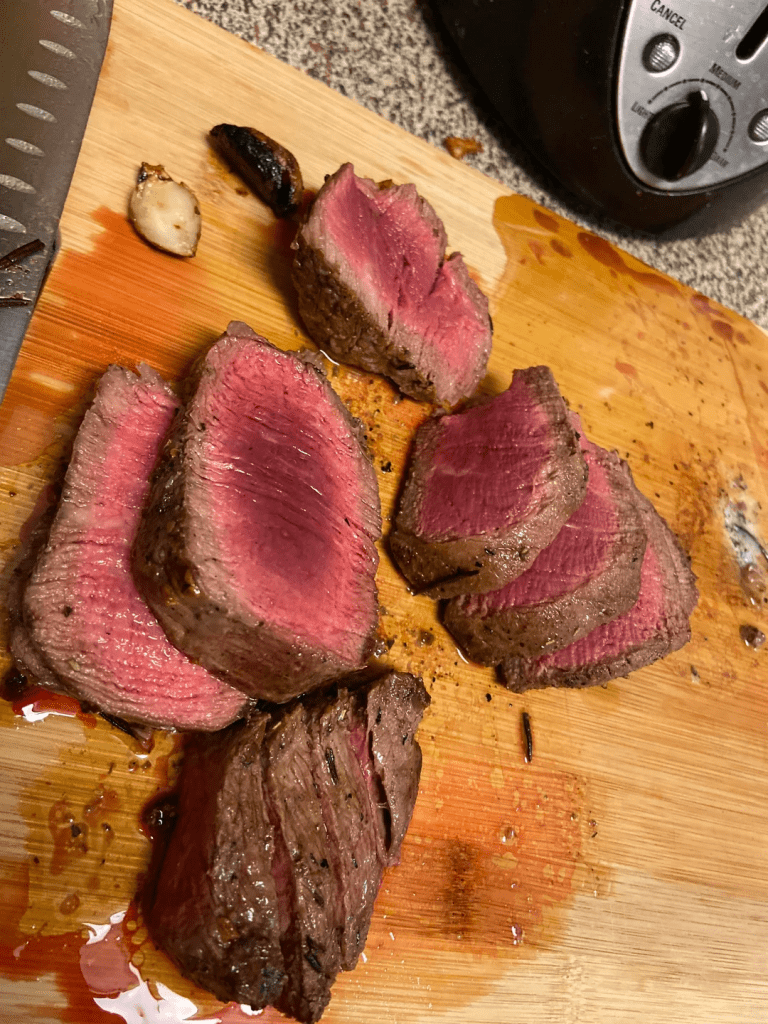When it comes to enjoying a rare steak, one of the most common misconceptions is about the red juice that often pools on the plate. Many diners assume that this liquid is blood, which can lead to hesitation or even aversion. But here’s the thing: it’s not blood. Let’s dive into what that red juice actually is, and how understanding this can elevate your steak-eating experience.

Understanding the Basics of Meat Composition
Before we can debunk the myth of the red juice, it’s essential to understand what meat is made of. When you cut into a steak, you’re looking at muscle tissue, primarily composed of water, proteins, and fats. Among the key proteins in meat, myoglobin plays a significant role in its color and juiciness. And that’s where the confusion often begins.
What Is Myoglobin and Its Role in Meat?
Myoglobin is a heme protein found in muscle tissues, and it’s responsible for the reddish color you see in meat. Its primary function is to transport and store oxygen in muscle cells, somewhat similar to how hemoglobin works in blood. However, unlike hemoglobin, myoglobin is not found in the bloodstream but stays within muscle tissues, which is why it’s perfectly normal to see it in your steak.
The Source and Function of Myoglobin in Muscle
Muscle tissues require oxygen for activity, and that’s where myoglobin comes in. The more a muscle works, the more myoglobin it contains, which is why more active muscles tend to have darker meat. This is why cuts of meat from animals that are more active, like beef or lamb, often appear redder compared to meats like chicken or fish, which contain less myoglobin.
Debunking the Myth: It’s Not Blood
Now, let’s get to the heart of the matter: the red liquid in a rare steak is not blood. Most of the blood is drained from the meat during the slaughtering and processing phases. The red liquid you see is actually water mixed with myoglobin, released as the muscle fibers contract during cooking. This myoglobin-rich juice is entirely safe to consume and is a natural part of the steak’s flavor profile.
The Cooking Process: How Myoglobin Changes
The color of myoglobin changes as you cook your steak. In a rare steak, the myoglobin retains its natural red color because it hasn’t been exposed to high temperatures for long. As the steak cooks and the internal temperature rises, the myoglobin oxidizes, which is why well-done steaks turn brown. When cooked to rare, usually at an internal temperature of 120-130°F (49-54°C), the myoglobin remains mostly red, resulting in the reddish juices you see.

Color and Juice: Indicators of Steak Doneness
One of the best ways to gauge the doneness of a steak is by its color and the juices it releases. A rare steak will release reddish juices due to the myoglobin content. As the steak progresses through medium and well-done stages, the juices become clearer, and the meat changes from red to pink and eventually brown. This color transformation provides a clear visual cue to how thoroughly the steak has been cooked.
Nutritional Benefits of Myoglobin-Rich Juices
Beyond just the aesthetics and flavor, myoglobin also has nutritional benefits. Myoglobin is rich in iron, an essential mineral for oxygen transport in the blood. Iron is particularly important for those at risk of iron deficiency, such as women or individuals with certain dietary restrictions. Additionally, the myoglobin-rich juices in rare steaks provide amino acids and other nutrients that contribute to a healthy diet.

Cultural Perceptions and Consumer Hesitancy
The misconception that the red juice is blood often stems from cultural factors. Many cultures have taboos or sensitivities around the consumption of blood, which may explain why some people are hesitant to enjoy a rare steak. Over time, these cultural beliefs have led to widespread misconceptions about what the red juice in steak really is. By educating diners on the role of myoglobin, we can help to change these perceptions, allowing more people to enjoy steak in all its juicy glory.
Conclusion: Enjoy Your Rare Steak with Confidence
Next time you cut into a rare steak and see that red juice, you can be confident that it’s not blood. It’s myoglobin, a natural and flavorful component of the meat. Understanding this can transform your dining experience, allowing you to fully appreciate the rich, juicy taste of a perfectly cooked rare steak. So go ahead—savor that steak with confidence, knowing that it’s safe, delicious, and loaded with nutrients.


